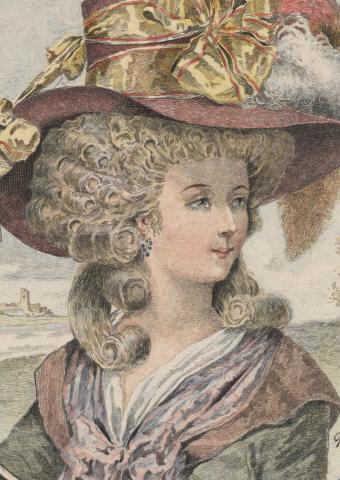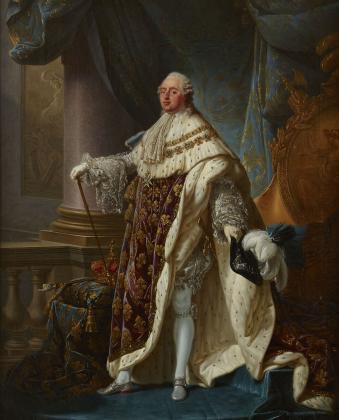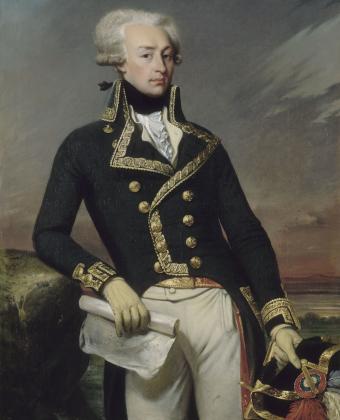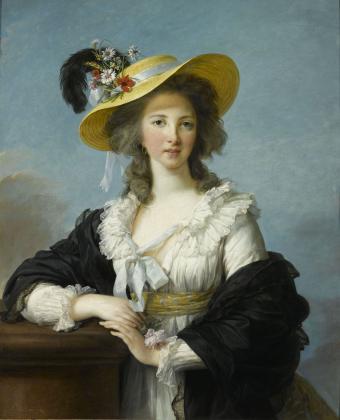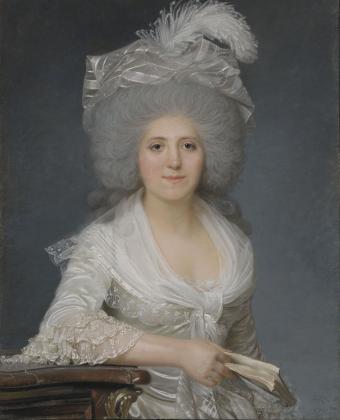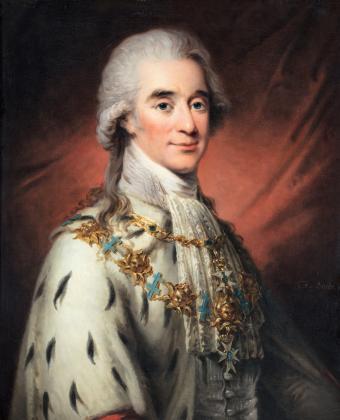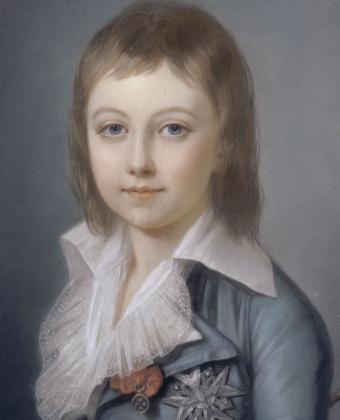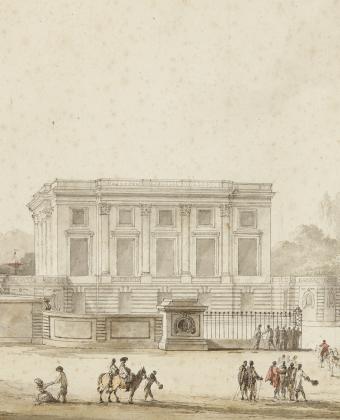Having been entrusted with the task of organising entertainment at Court by Louis XVI, Marie Antoinette was able to indulge her passion for fashion. To maximise the effect of her public appearances the queen was prepared to flout court etiquette, and so she held private consultations with commoner Rose Bertin, to get advice on style fit strictly for her.
Rose Bertin exerted a significant influence over the fashions of the era, constantly launching new trends, such as extravagant gowns for court appearances, towering ‘pouf’ hairstyles, and the rustic muslin dresses which Marie Antoinette wore at the Trianon Palace. Bertin soon came to be regarded as the unofficial “Minister of Fashion”.
Rose Bertin was admitted to the Queen’s inner circle, an honour which allowed her to become the most successful dressmaker in the realm and amass a considerable personal fortune. Her clientele included the royal family, portrait artist Élisabeth Vigée Le Brun, the Marquis de La Fayette, and various foreign queens.
But with the spirit of the Revolution growing stronger as ordinary people grew weaker from hunger, numerous pamphlets denounced Rose Bertin as “a corrupt and corrupting merchant of luxury.”
In the early days of the Revolution, designers drew inspiration from recent events to create new items such as “Mirabeau” suspenders and “Desmoulins” hats. Rose Bertin, however, refused to follow the trend for “equality” dresses and “Constitutional” headscarves. Her only concession to revolutionary fads was the occasional rosette. Meanwhile, even after the royal family was placed under house arrest, Bertin continued to deliver outfits to Marie Antoinette, although a more modest style of dress was now the order of the day. The last clothes the Queen wore, on the day she was transferred to the Conciergerie, were from “Le Grand Mogol”, Rose Bertin’s Parisian boutique.
After the execution of Marie Antoinette, Rose Bertin fled to London to avoid the Reign of Terror. By the time she returned to France, in February 1795, the Revolution had lain waste to her reputation and turned French fashion on its head. Bertin's style, identified so closely with the excesses of the monarchy, was utterly out of vogue. Rose Bertin fell into anonymity and died on 22 September 1813.



